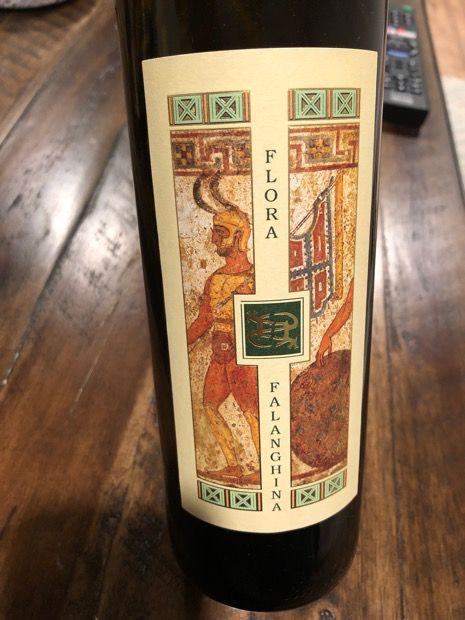
External search
Google (images)
Wine Advocate
Wine Spectator
Burghound
Wine-Searcher
Vintages
2021
2020
2019
2018
2017
2016
2015
2014
2013
2010
2009
2008
2007
From this producer
Show all wines
All tasting notes
|
| Drinking Windows and Values |
| Community Tasting History |
| Falanghina : Thought to be a key component in Falernum, treasured wine of the Roman Empire, the Falanghina grape is one of Italy's oldest. It is pronounced "Fah-Lahn-Gee'-Nah." Falanghina is an ancient species of grape that was already familiar to the Samnites and Romans who prized it and also called it Falernina, due to its diffusion throughout the "Falernus Ager." It was probably Roman merchants who brought this grape from Greece to Italy, spreading its cultivation throughout the centre and South. It owes its Latin name to the word "phalange," namely "tied to the pole," describing the ancient system of cultivation used to make the vines grow. Firm reports on the vine are more recent and date back to 1825, when Falanghina was mentioned in a treaty as being one of the best Samnite-origin grape species. Later on, in the thirties, a group of oenologists were to crown Falanghina as one of the best Italian grape species, to the extent that they recommended its diffusion in order to improve production in the South's main wine producing areas. Today, Falanghina is experiencing a moment of renewed success thanks to a policy of rediscovery and enhancement of historical and regional grape species.
: Falanghina is currently widespread throughout Campania, where it is used for making the eponymous wine and in many DOC wines (Denominazione di Origine Controllata -Controlled Denomination of Origin) both in its pure form (such as the Campi Flegrei Falanghina, Sant'Agata dei Goti Falanghina and Taburno Falanghina wines), as well as together with other white grapes (such as for Capri white wines, Costa d'Amalfi white and Falerno del Massico white wine). Its ideal habitat is on the island of Procida in the Campi Flegrei area and in the Sannio.
: The vine matures in the second half of September and is generally harvested at the start of October. It is averagely productive, vigorous, not particularly homogenous and requires a warm and dry climate. It has a robust stump with medium-length vine shoots that are rather weak and not very ramous, whilst the leaf is average size, trifoliate and cuneiform, almost whole, with a light-green color and a downy underside. The bunch is long, like a truncated cone, averagely compact and alated; the seeds are small and spherical, grey-yellow in colour with a thick and often pruinose skin, and the crunchy flesh is sweet and sharp. ( www.pillawine.com)Italy Italian Wines (ItalianMade.com, The Italian Trade Commission) | Italian Wine Guide on the WineDoctorCampania Region Website (ItalianMade.com)
|
|




